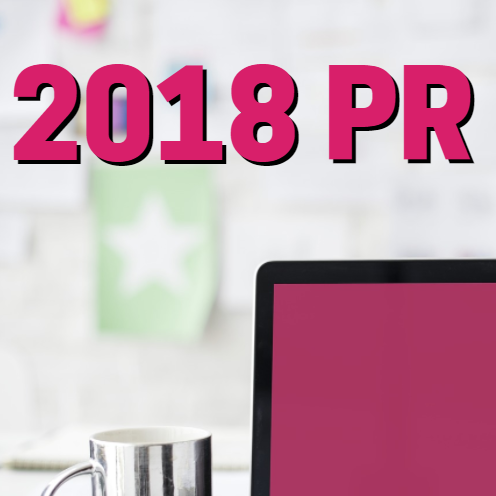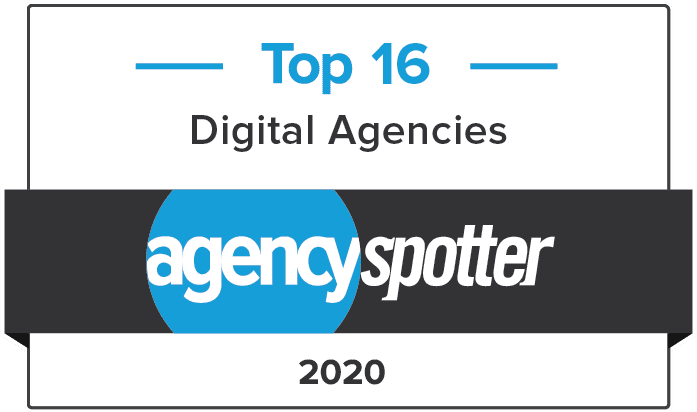
Three PR Trends to Watch in 2018
It’s 2018 and the PR industry continues to evolve right in front of our eyes, with social media and mobile technology driving a large part of the transformation. While we need to keep our strategies fresh and relevant, it’s important not to lose sight of the fact that the fundamental essence of PR has not changed: Building and maintaining mutually beneficial relationships between an organization and the public they serve.
PR pros need to keep an eye on a wide array of industry trends. However, in my opinion, three rise to the top.
- Video is now king of content.
Marketers concerned that changes to the Facebook newsfeed will negatively impact social advertising need not worry as long as they apply basic PR principals to their strategy. Implementing measurable objectives and using a keen understanding of your social audience and how to elicit action from the audience, will help you keep connections strong.That also means being more creative with content and having a more insightful understanding of the intended audience and how content is relevant to them. Having a tool box with different types of content is important. Make sure to have a good mix of blogs, images, infographics and most importantly-video.Recently, we published a blog regarding changes in how Google ranks video content. These changes are significant. Video is definitely now the most important creative asset to a successful digital strategy and needs to be first on the list for content development. Blogs are still important from a thought leadership perspective, but when increased Facebook relevancy is a goal, audience engagement is vital. The best way to do so is to create a really good video. (If you haven’t read Brett Elliott’s deeper dive on video for SEO strategy, it’s worth your time.) - Goodbye, Paid vs. Earned! Hello, Paid+Earned+Shared+Owned=PESO!
Leave it to social media to complicate what was a very simple way to measure PR value. In the golden age of PR, either you paid for placement or you earned it based on credibility of the source and importance of the information. Now there is the digital space and the social space, which means more channels and no clear methodology to measurement. The upside is that brands now have the freedom to be their own publisher, or “Brand Journalism” in marketing vernacular.We’ll take a more thorough look at the PESO model in the future. But for now, this diagram illustrates the various types of content in each category. The glory of the PESO model is that one high-quality piece of content can be used in all four zones.For instance, let’s say your company conducted market-facing research and you decide to develop a white paper. That white paper is owned media.Then you decide to write a LinkedIn post announcing your white paper and a few of your company followers share the post to their network.Now let’s say you decide to boost the post to direct the white paper to a certain audience in your industry to promote your white paper. That is now considered a paid placement.Finally, an industry influencer comes across your white paper and wants to interview you for a podcast or a blog. There’s your earned placement.
3. Reputation management is crucial (and more so every day!)
With the convergence of social media and a 24-hour news cycle, an organization has less than 12 hours to get ahead of any negative publicity.Vigilance is key to protecting your company’s integrity. Whether it is handled by your in-house PR team or with an outside agency (experienced in crisis communications), developing a communications strategy and having it ready in the face of a negative news story is crucial.Key talking points should be drafted and approved ahead of time. For the news media, having a holding statement ready for distribution will save precious time early on. It’s important to stay honest and transparent.The same vigilance is required even if the negative firestorm surfaces on social media. There are many social listening tools that help keep an eye out for any potentially damaging conversations occurring across digital platforms. Hootsuite is a very user-friendly platform that allows the user to create various streams based on brand names, keyword searches and hashtags.Social media and mobile technology bring many opportunities and challenges for organizations, but it’s clear that understanding the audience and crafting impactful content is a key piece to success.Any PR professional knows that there’s no such thing as a crystal ball for the industry. But by keeping a focus on these three trends, and integrating them into their work, savvy pros will look back at 2018 having met the needs of a changing world and weathered whatever 2018 threw at them.



